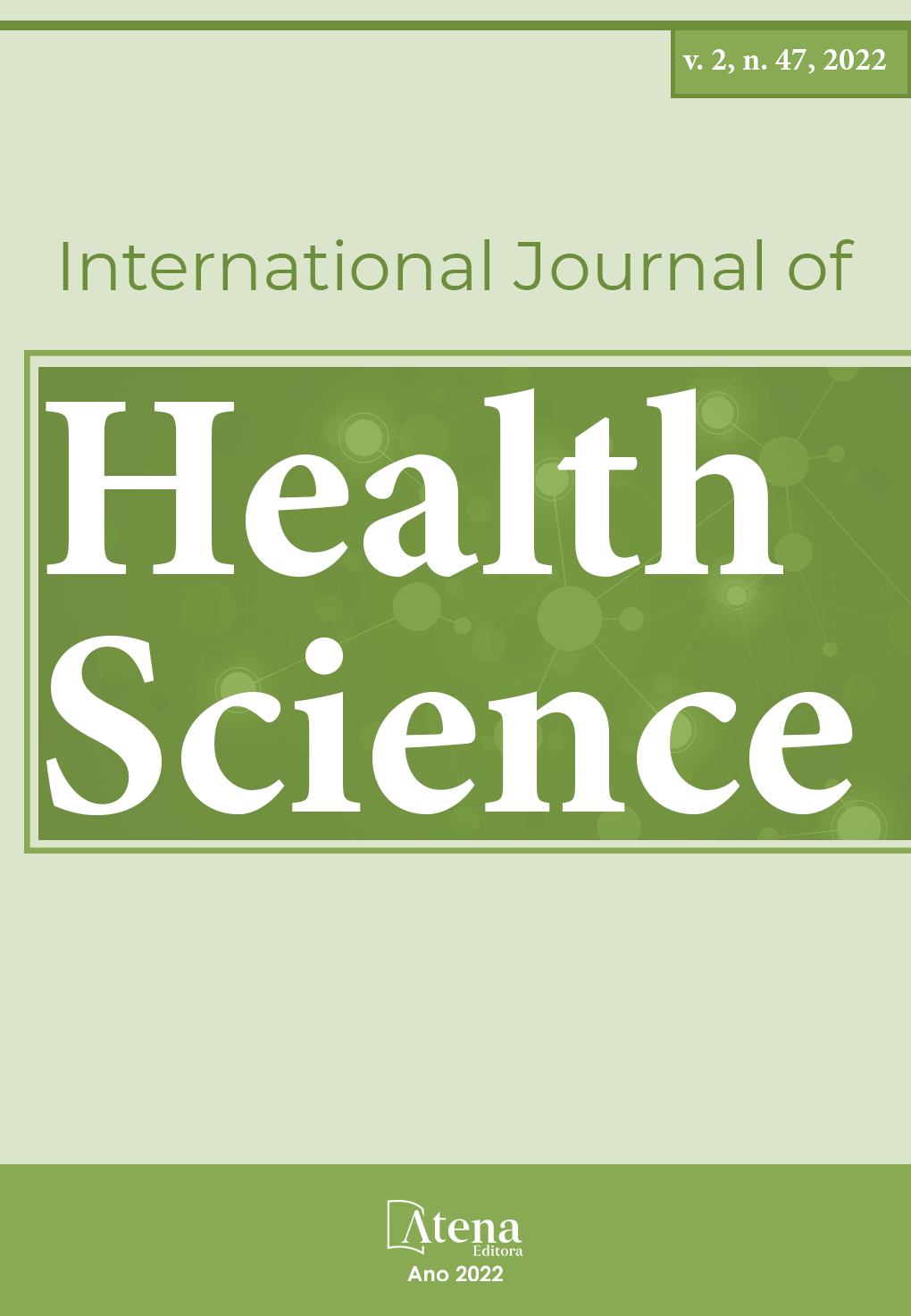
Prevalence of cachexia in cancer patients and associated factors
Introduction: Cancer cachexia is defined as a multifactorial syndrome characterized by a continuous loss of skeletal muscle mass. Chemotherapy is one of the anticancer therapy options, which can significantly influence the patient's food intake and nutritional status. Goal: to verify the prevalence of cachexia according to the consensus proposal in a sample of hospitalized cancer patients undergoing chemotherapy and the associated factors. Methodology: Cross-sectional, descriptive and analytical study carried out at the Hospital de Câncer de Pernambuco from January 2019 to April 2020. The sample consisted of patients admitted for chemotherapy treatment in the Clinical Oncology Ward of the hospital for chemotherapy treatment. Data were obtained through interviews, anthropometric assessment and collection of data recorded in medical records. Cachexia was evaluated by the criteria of the International Consensus on Cachexia. The variables associated with chemotherapy were: sociodemographic data, adverse effects of chemotherapy, nutritional status, nutritional risk and anorexia. Results: The sample consisted of 147 patients, adults (56.5%) and elderly (43.5%), half male (50.3%). The prevalence of cachexia was 39.5%, being associated with low weight (p=0.003), tumor location (p=0.004), being more common among patients with gastric (36.3%) and intestinal tumors (26.7%). There was also a strong association between cachexia and anorexia (p<0.001) and, to a lesser extent, symptoms such as nausea (p=0.44) and vomiting (p=0.05). Conclusion: Cachexia was high among patients. The association of factors such as tumor location, loss of appetite and gastrointestinal symptoms related to the disease and chemotherapy treatment proved to be favorable for the development of the syndrome. Additional follow-up studies are needed so that cause and effect relationships can be carefully established.
Prevalence of cachexia in cancer patients and associated factors
-
DOI: 10.22533/at.ed.1592472215088
-
Palavras-chave: cancer; chemotherapy; cachexia; prevalence; anorexia
-
Keywords: cancer; chemotherapy; cachexia; prevalence; anorexia
-
Abstract:
Introduction: Cancer cachexia is defined as a multifactorial syndrome characterized by a continuous loss of skeletal muscle mass. Chemotherapy is one of the anticancer therapy options, which can significantly influence the patient's food intake and nutritional status. Goal: to verify the prevalence of cachexia according to the consensus proposal in a sample of hospitalized cancer patients undergoing chemotherapy and the associated factors. Methodology: Cross-sectional, descriptive and analytical study carried out at the Hospital de Câncer de Pernambuco from January 2019 to April 2020. The sample consisted of patients admitted for chemotherapy treatment in the Clinical Oncology Ward of the hospital for chemotherapy treatment. Data were obtained through interviews, anthropometric assessment and collection of data recorded in medical records. Cachexia was evaluated by the criteria of the International Consensus on Cachexia. The variables associated with chemotherapy were: sociodemographic data, adverse effects of chemotherapy, nutritional status, nutritional risk and anorexia. Results: The sample consisted of 147 patients, adults (56.5%) and elderly (43.5%), half male (50.3%). The prevalence of cachexia was 39.5%, being associated with low weight (p=0.003), tumor location (p=0.004), being more common among patients with gastric (36.3%) and intestinal tumors (26.7%). There was also a strong association between cachexia and anorexia (p<0.001) and, to a lesser extent, symptoms such as nausea (p=0.44) and vomiting (p=0.05). Conclusion: Cachexia was high among patients. The association of factors such as tumor location, loss of appetite and gastrointestinal symptoms related to the disease and chemotherapy treatment proved to be favorable for the development of the syndrome. Additional follow-up studies are needed so that cause and effect relationships can be carefully established.
-
Número de páginas: 13
- Millena da Silva Souza
- Ana Clara Soares Da Silva
- Rebecca Lucas da Silva Azevedo
- Manoel Dionizio da Silva Neto
- Evellyn Clarissa da Silva Carvalho
- Mayara Gabriela Souto de Barros
- Savana Nunes Duarte
- Nívea Regina Silva de Lima
- Kleres Luciana Gomes Dias da Silva
- Kézia Cristina Dos Santos Cunha
- NATÁLIA FERNANDES DOS SANTOS


